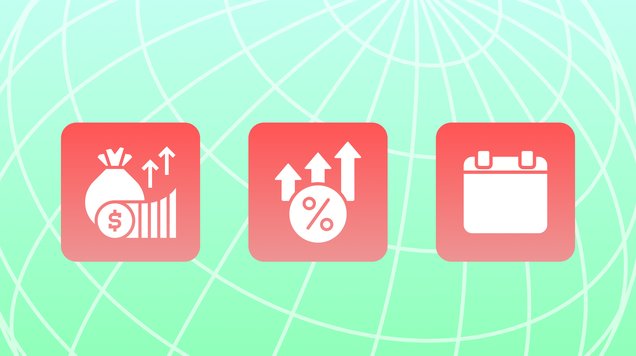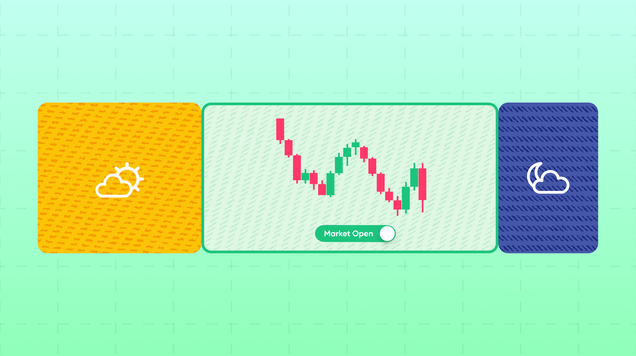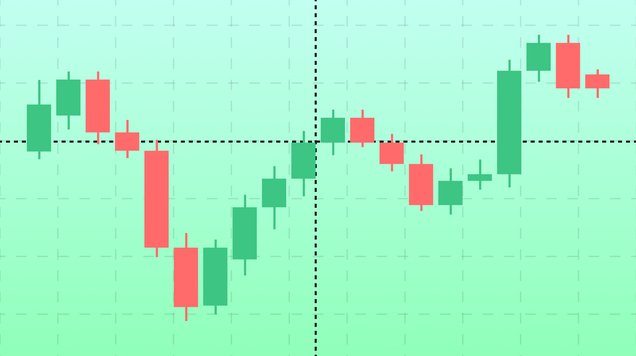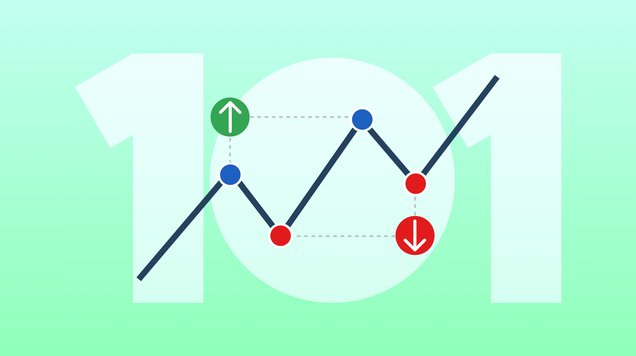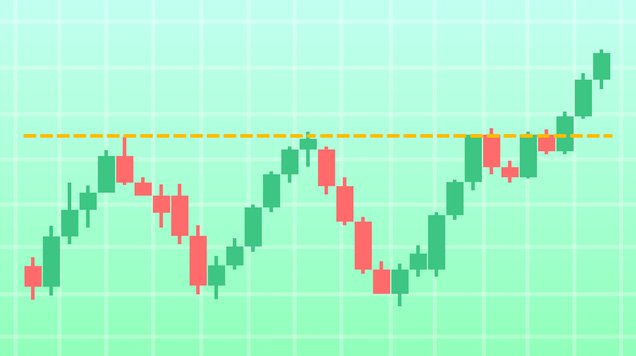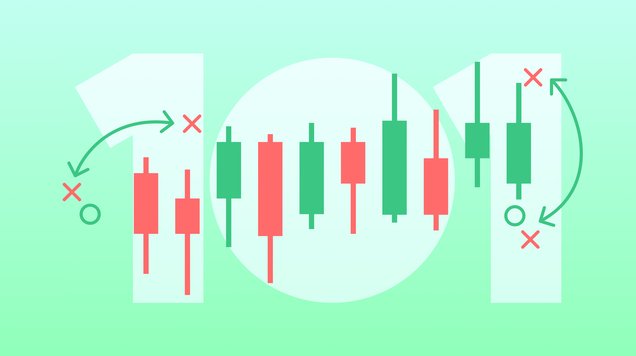The Range Trading Strategy
Read our guide to the basics of range trading and learn how to apply this strategy to your trades.
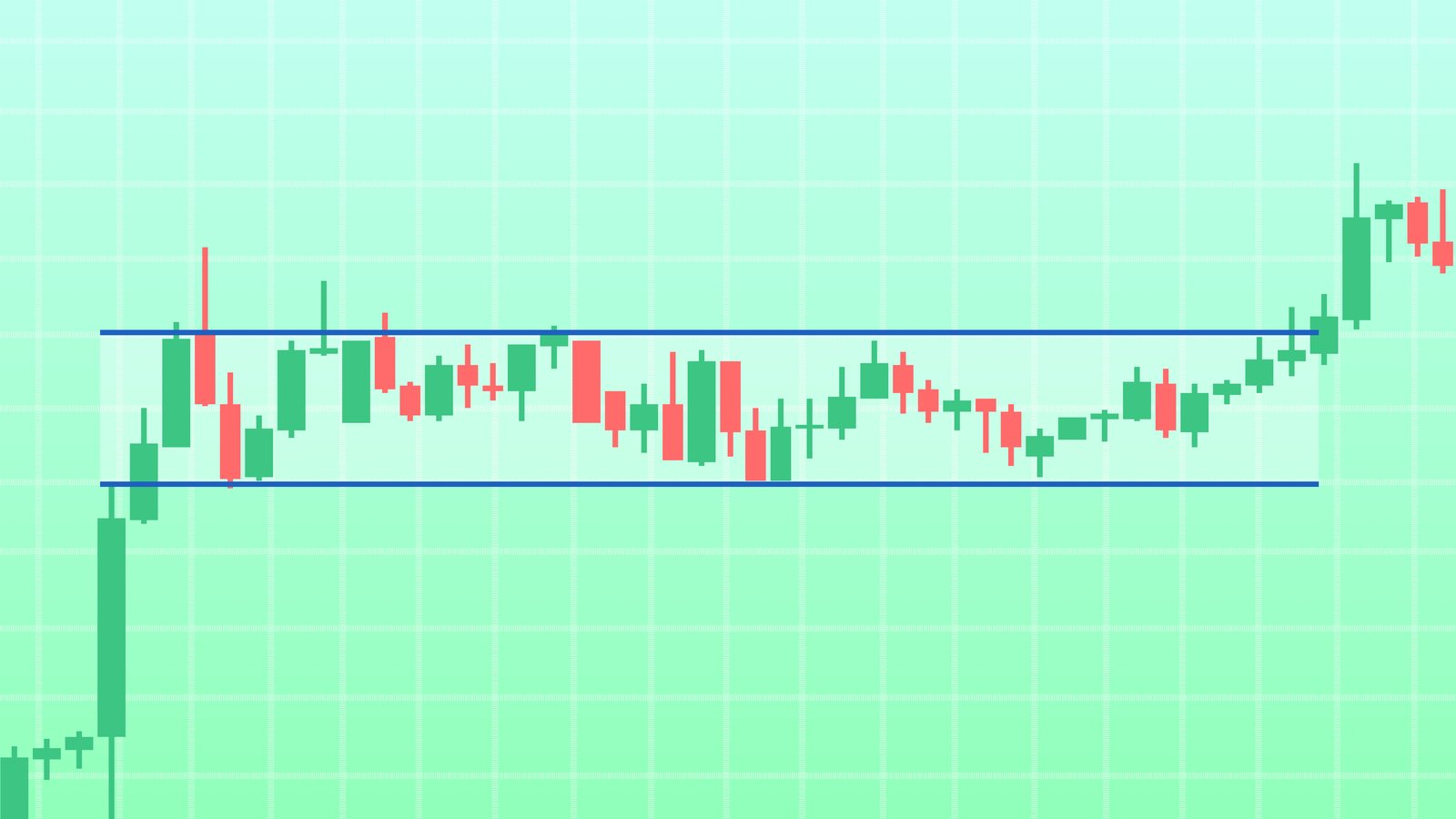
A trading range describes when an asset’s price constantly moves within the area defined by support and resistance levels
Range traders look for products with clear price channels and try to open trades at support or resistance levels to generate profit
A range-bound trading strategy allows traders to profit from non-trending markets and it can be applied to assets such as shares, forex, and commodities
Range trading is a short-term trading strategy and it’s often used by day and swing traders
Introducing Range Trading
A trading range describes when the price of an asset has been moving within a set area, which is usually specified by support and resistance levels on a price chart. When the price stays in the same range, it likely doesn’t have a clear trend as it tends to move sideways instead of significantly moving up or down.
Range trading is a short-term trading strategy that is commonly used in day trading, swing trading and scalping. Traders using this strategy try to identify assets with clear ranges and hope to make profit if the price remains within the same range in the future.
Range traders tend to buy at the support level, and sell when the price reaches the resistance level, as they believe the price will bounce back to the determined range. But traders can open both long and short positions in range trading as well. This means investors can choose to go short when the price hits its resistance level, and close the position when it reaches its support level.
What range traders look for
There’s a couple of important things to look for if you’re going to start trading ranges. Here’s a few that might help:
Identify a trading range: Support and resistance levels can often be established after the price has reached similar high and low prices twice. Generally speaking, the more times the price touches established support and resistance levels, the more reliable the trading range is!
Entry and exit points: In range trading, the support and resistance levels serve as entry and exit points. Traders going for a long position will buy at the support level expecting that the price will rise back to the resistance level. For short positions, traders can enter the market at the resistance level hoping that the price will go down to the identified support level. Decide which direction you think the price is most likely to move towards, and set your entry point based on the price levels you see next to your support (or resistance) line, then the exit point at the other limit of the range.
Use limit orders: When the support and resistance levels have been established, you can use limit orders to set up your opening trade position. Instead of opening a position immediately, a limit order automatically opens a position when the price hits your chosen level, allowing you to spend less time monitoring the market and a higher chance that you’ll open your trade at your ideal price point.
Monitor your trades for breakouts: It’s important to note that no trading range lasts forever. It’s likely that at some point the price will break either the support or resistance level, which is commonly called a breakout. To avoid loss caused by unfavourable price movements, it’s important to monitor your open trades for potential breakouts and use risk management tools like stop loss orders that will close your trade if it moves out of the expected range. Some traders will also choose to close their position manually or to employ other techniques, such as the breakout strategy, to continue trading past the breakout.
Range trading analysis techniques
Technical analysis is at the heart of the range-bound trading, as identifying the trading range is based on historical price data. A trading range can be created for any chosen time period, from minutes and hours to days or even months.
The simplest approach to a range trading strategy is to base it solely on identifying support and resistance levels on a price chart and then using them to decide when to open positions. This straightforward technique is especially popular for beginners or those looking to try new forms of market analysis.
In addition to support and resistance lines, some traders will add technical indicators that filter potential trades and help to pinpoint optimal moments to enter or exit the market - such as Relative Strength Index (RSI) and Stochastic Oscillators. These price momentum oscillators can provide traders with buy and sell signals by pointing out when assets are overbought or oversold. Both RSI and Stochastic Oscillator are range-bound oscillators that have a value between 0-100. When the Stochastic Oscillator has a value below 20, the asset is oversold and when it’s over 80, it’s overbought. For RSI, the thresholds are under 30 for oversold and over 70 for overbought.
Risk management tools are an essential part of any trading strategy, including trading. As range trading assumes that the price will stay within the established support and resistance levels, the stop loss order is one of the most typical tools for range traders. Stop loss orders close trades automatically when the asset reaches a specified price level. In range trading, these are usually set a little bit outside the support or resistance line depending on the trader’s risk appetite.
The benefits of range trading
Many trading strategies are based on the assumption that the market is bullish or bearish, meaning that there is either an upward or downward trend going on. However, often there is no clear trend in the market, and because the range trading strategy allows traders to profit from non-trending markets, it’s a useful strategy to master.
Range trading can be used for most products as every asset will experience periods of sideways price movement. Whether you are trading shares, indices, ETFs, commodities, or forex, you can probably find opportunities for profit with range trading.
Range trading is suitable for both beginners and more experienced traders as choosing the entry and exit points is relatively straightforward. However, traders still need to make a final decision on their entry and exit prices, as support and resistance levels are not exact price points but rather guidelines.
Apart from breakout risk, another disadvantage of range trading includes profit limitation, as the price is expected to stay within a predetermined range. Larger price jumps (and profits) are more likely to occur in more volatile bullish and bearish markets.
How to start using range trading
The first thing you’ll need to do is apply and fund an online trading account with a regulated broker. This will provide you access to online trading access and a secure portal for funding your trades.
Available trading assets and price charts with past data can be found on an online trading platform such as MT5. Technical indicators are also accessible on most trading platforms and are normally free to use for everyone with a trading account.
On the price chart, you can draw support and resistance levels by connecting the lowest and highest prices for the chosen period. Tools like Relative Strength Index and Stochastic Oscillators can typically be seen under the price chart if you’d like to add them too.
Once you’ve established your S/R levels, you’ll need to place a live trade by opening the Market Watch window, placing your order, and selecting your product, trading size and leverage.
Finally, you’ll need to make sure to close your trade to collect any profits! This can be done by logging back to your trading platform and closing the order.
To find the right trading strategy for your trading plan and goals, you might have to test different strategies. If you are new to trading, you can easily practice range trading with a risk-free demo account that gives you access to real products with virtual funds. With a demo account, you can also use the analysis and trading tools that help you to identify opportunities and manage risk.

